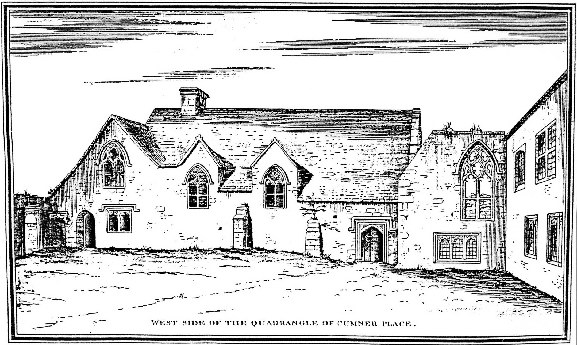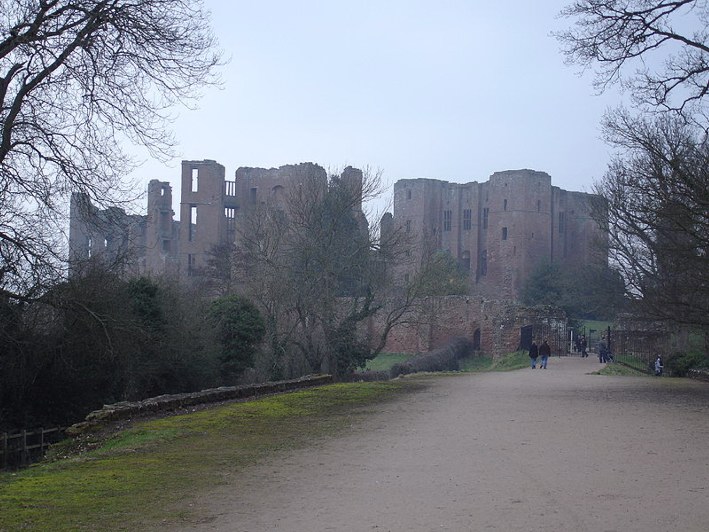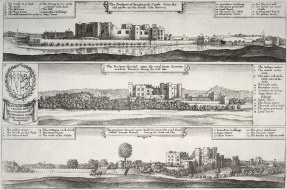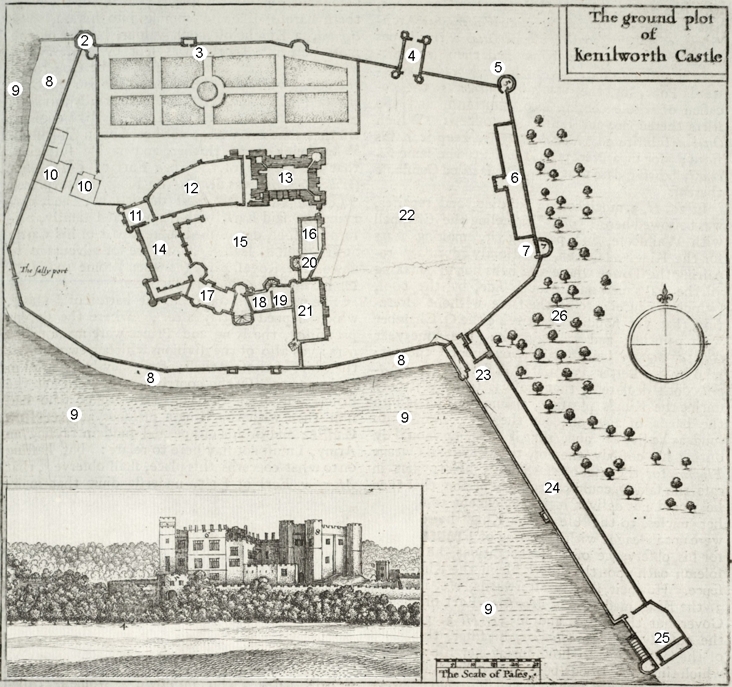Castle of Kenilworth, Robert Dudley, Amy Robsart and her ghost
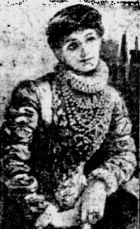

When Queen Elizabeth, in 1558, ascended England's throne Dudley's fortune rose by leaps and bounds. He was 27 at that time and the sort of man to catch Elizabeth's attention. Dudley was in fact her favourite courtier. Dudley married Amy Robsart when he and Amy, daughter of Sir John Robsart of Norfolk, were only 17 years of age. Amy and Dudley had at first lived very happily together. But once back in the brilliant court of Queen Elizabeth, ambition soon killed Lord Dudley's love for the village beauty.
When the Queen lavished honors upon him he lost his head and began to dream of a union with the sovereign herself and of being crowned at Westminster as king-consort. And as far as he could see the sole obstacle was poor Amy. He began to neglect his gentle wife. He sent her to live in a hamshackle two-story building known as Cumnor Hall (Place), about 4 miles from Oxfort. There under the care of one Anthony Forster, a sort of dependent of Dudley and with a few servants, she dragged out a lonely miserable life.
10 Years after the marriage, on 8 September 1560, came the climax whose exact story none can ever know. Thomas Blount, a kinsman and hanger-on of Amy's husband, afterward wrote to Dudley. "She would not that day, suffer any one to tarry at home, and was so earnest to have them gone to the autumn fair at Abington when any made reason for tarrying at home she was very angry. "
Why she should have wanted the house deserted that day is not clear. But there must have been some strong reason, since it made so gentle a woman so angry when any refused to go to the fair. The servants, trooping home from the fair at nighfall, found Amy's dead body lying on the floor at the foot of a short spiral staircase. The supposition was that she had fallen down the stairs and broken her neck. Was she murdered or was it suicide? Lord Robert Dudley was implicated, as having had a hand in her death since he wanted to marry the Queen. So he began to plan and plot against her.
If she had suffered from an incurable malignant growth, as stated, it would have been a reason for suicide. In 1564 a pamphlet entitled "Leicester's Commonwealth" declared that Forster and another friend of Dudley's had flung her down the stairs. Another version was that Anthony Forster had called her from the door falsely announcing Dudley's arrival, and that he arranged for the stairs to collapse as she ran down to meet her husband. Another tale says that Amy was poisened and her body laid at the foot of the staircase to give the idea of a fall.
Another said he had in his train a surgeon, skilled in the use of drugs, who made various unsuccesseful attempts to poison the unhappy lady. At last the plotters succeeded, and in 1560 Amy Robsart was killed at Cumnor Place. The story then given out was that she accidentally fallen downstairs and broken her neck. But almost nobody even at that time believed it.
There was a thourough inquiry into his wife's death. The jury returned a finding of death by mischance. This finding, as definite it was, did not silence the gossips. They pointed out that even if Dudley did not incite Forster to murder Lady Amy, she might have committed suicide. Her personal maid had said at the inquest that she had heard her mistress "pray to God to deliver her from desperation" - a desperation of which the gossips held Dudley to be the cause. To this day the nature of Amy's death is shrouded in uncertainty. Dudley did not attend her funeral at St.Mary's Church, Oxford on 22 September nor visit Cumnor Place again.
Some historians believe that Dudley was not at all responsible for the tragedy. If he was, he profited little by it. Elizabeth did not marry him. He married twice after Amy's death. He also rose to great heights at court, becoming Earl of Leicester and receiving as a gift from Elizabeth, the castle of Kenilworth. Sir Walter Scott's famous novel "Kenilworth" reads Amy died 15 years before Elizabeth visited Kenilworth, three years before Dudley aquired the castle and four years before he became an Earl.
For many years Cumnor Place stood empty and deserted, believed to be haunted by the ghost of Amy. It was fast becoming a ruin when it was demolished in 1810 by the Earl of Abingdon.
